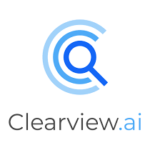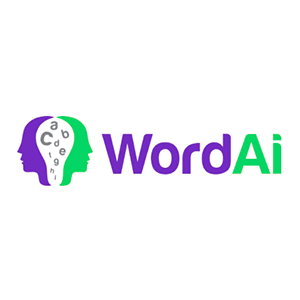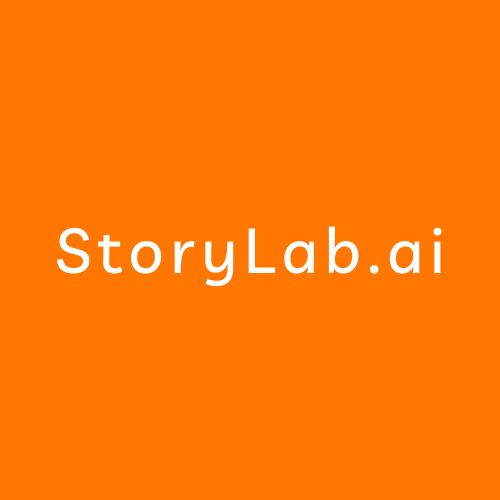Generative AI is widely seen as a transformative technology that will revolutionize business. The prevailing belief is that companies and individuals who fail to embrace it will be left behind. However, as organizations invest more heavily in AI, they seek concrete business metrics that demonstrate its impact on performance and revenue. This creates a paradox: while AI’s potential is immense, its immediate financial benefits are often unclear.
Businesses are cautious about relying solely on vendor promises. They want evidence that AI solutions like Microsoft Copilot can improve business performance. However, drawing a direct correlation between AI adoption and overall business success is challenging. This dilemma puts CIOs in a difficult position. Should they trust the technology’s potential without immediate proof, or wait for tangible results before committing?
Investor Jamin Ball, in his Clouded Judgement newsletter, argues that businesses might not have the luxury of waiting. He suggests that while the results of AI investments may not be immediately visible, companies risk falling behind if they don’t invest. Ball emphasizes that AI is a significant platform shift, and failure to adopt it could result in lost market share and irrelevance.
The Competitive Edge
Investing in AI might not instantly boost revenue, but it can enhance end-user experiences and improve metrics like retention and churn. If competitors leverage AI to create superior user experiences, companies that hesitate may find themselves at a disadvantage. Thus, the decision to invest in AI becomes a strategic necessity, even if the financial benefits are not immediately apparent.
CIOs and CFOs must justify substantial expenditures and need assurance about the return on investment. They face the challenge of balancing the potential long-term benefits of AI with the immediate need for financial accountability. This tension between visionary leadership and financial pragmatism complicates the decision-making process.
The Electricity Analogy
Some liken AI to the advent of electricity in the late 18th century, when factories transitioned from steam power to electrical power. Those who resisted change were eventually left behind. This analogy suggests that AI represents a similarly transformative moment, and businesses must adapt or risk obsolescence.
To navigate this uncertainty, enterprises may turn to consulting firms like Deloitte, McKinsey, and Accenture for guidance. While these firms can provide valuable insights, their services come at a high cost, further increasing the overall investment and extending the time to realize value.
CIOs are faced with a complex decision: whether to invest in AI now, despite the lack of immediate financial proof, or risk falling behind as competitors move forward. As Jerry Garcia of the Grateful Dead sang, “You can’t go back and you can’t stand still. If the thunder won’t get you, then the lightning will.” This sentiment captures the urgency and inevitability of embracing AI. Businesses must carefully weigh the potential risks and rewards, deciding whether they are forging a path to the future or potentially wasting resources.
See also: The List Of US AI Startups That Raised $100M+ In 2024


















